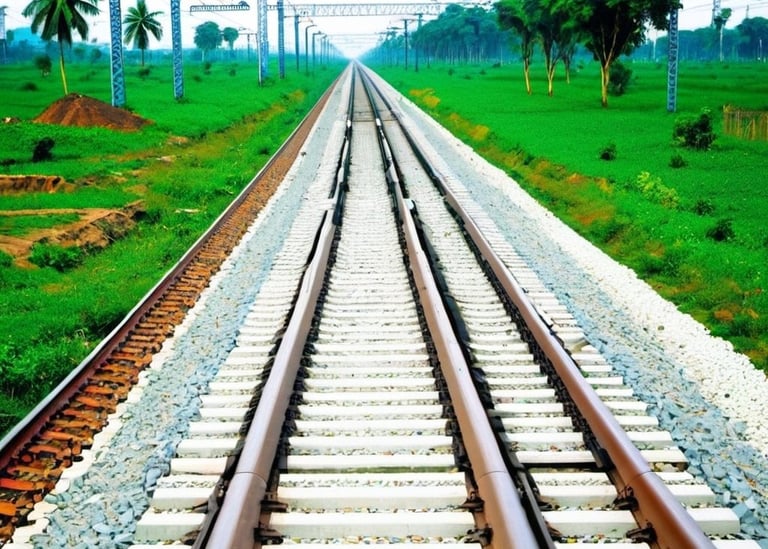Rail Baltica introduces the outcomes of the updated Cost-Benefit Analysis
Source: rail baltica
6/11/20242 min read


The updated Cost-Benefit Analysis for Rail Baltica underscores its economic viability, projecting GDP growth from 0.5 to 0.7%, contributing 15.5 to 23.5 billion EUR to the GDP of the Baltic states. The project is anticipated to generate direct economic net benefits valued at 6.6 billion EUR. Beyond financial gains, Rail Baltica will offer broader economic benefits such as enhanced military mobility, environmental sustainability, social equity, corridor synergies, and improved supply chains. The project's comprehensive benefits solidify its role as a transformative infrastructure initiative for the region.
Since the initial 2017 cost-benefit analysis, Rail Baltica's scope and costs have evolved significantly. The first phase of the project, aimed at establishing an operational rail line connecting the Baltic states to Poland by 2030, is now estimated to cost 15.3 billion EUR. This increase factors in a 40% inflation rate between 2017 and 2022 and additional costs due to expanded project scope, enhanced technical standards, and more precise cost data from advanced design stages. Adjustments for scope changes, contingencies, and external requirements have collectively driven the cost increase, highlighting the project's growing complexity and ambition.
Rail Baltica's projected costs align with comparable high-speed rail projects in Europe, with an estimated cost of 26 million EUR per kilometer. The project is expected to significantly impact passenger transport, which will generate 80% of its benefits, followed by environmental improvements (14%) and freight transport (5%). By integrating the Baltic region into the European railway network, Rail Baltica will foster GDP growth, enhance land value, boost tourism, and stimulate urban development. It is estimated to accommodate 51.7 million passenger trips and 10.9 million tons of cargo by 2046, underscoring its capacity to transform regional mobility and economic dynamics.

